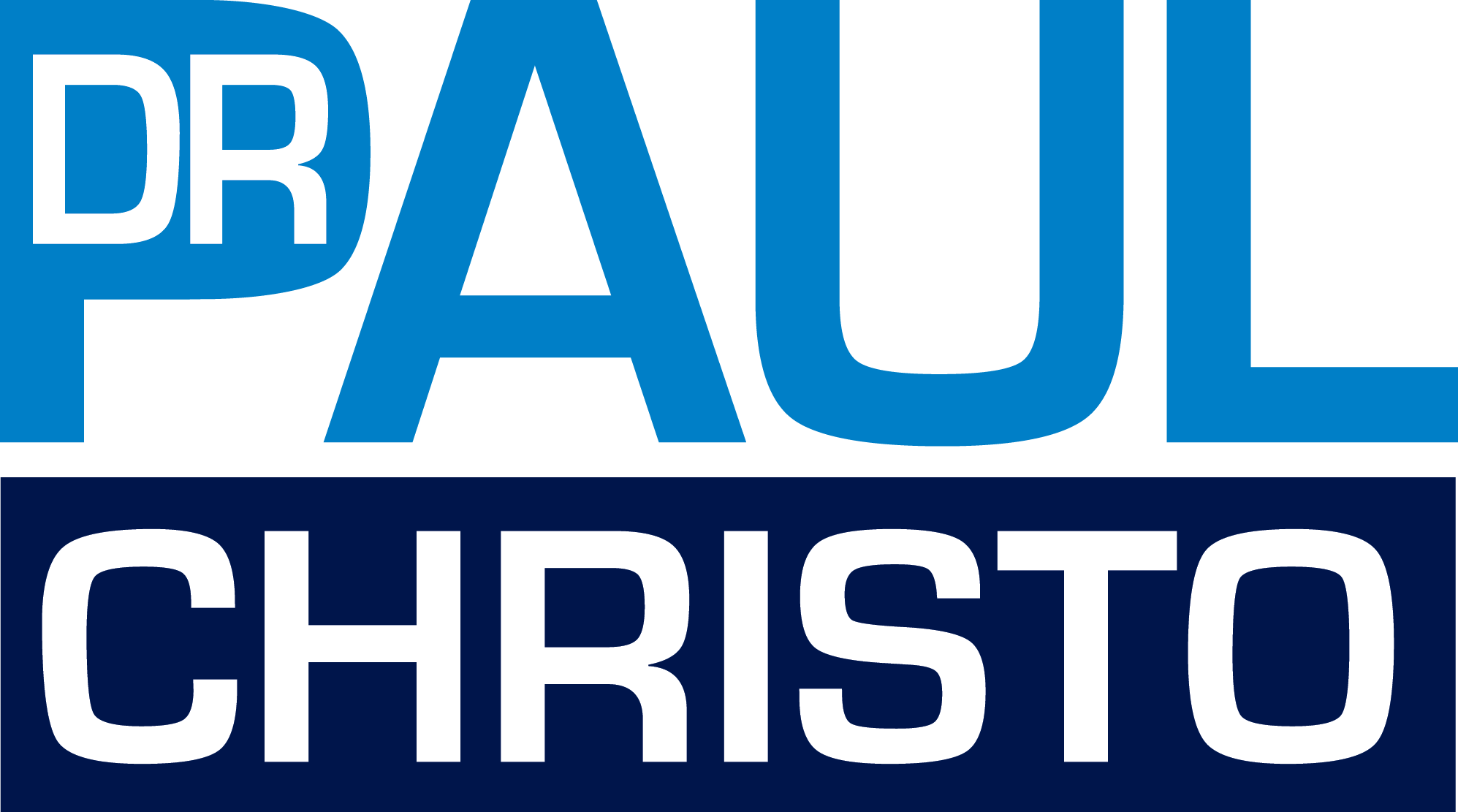
The ongoing 2019 coronavirus disease (COVID-19) pandemic has disrupted care provision for patients with pain disorders, as well as those with opioid use disorder. As a result, public health experts have voiced concern that the COVID-19 pandemic may worsen the opioid crisis in the United States, and the populations affected most seriously by both crises may overlap significantly.1-3
For patients receiving treatment for addiction, access to support systems, clean needles, methadone provision, and psychiatric care may be seriously interrupted or shifted to virtual platforms.1 Furthermore, the risk of overdose may be increased during prolonged periods of heightened anxiety and isolation from peer support networks,1 as well as unemployment and socioeconomic challenges.2,3
The Substance Abuse and Mental Health Services Administration (SAMHSA) emphasized the importance of outpatient treatment options when possible, taking into consideration the risks of spreading COVID-19.4 SAMHSA also stressed the need for expanded telehealth services for evaluation and treatment, per Centers for Disease Control (CDC) guidance, and restrictions on buprenorphine prescriptions have been reduced.1,4
In several states, authorities have warned that overdoses may be rising during the COVID-19 pandemic, and a lack of data may mean that overdoses involving opioids are nearly 30% higher than reported.5-6 Overdoses in recent years have been driven largely by synthetic opioids like fentanyl, and the opioid crisis has affected more and more communities across the nation.6
To learn more about these overlapping crises, we interviewed pain specialist Paul J. Christo, MD, MBA, the Director of the Multidisciplinary Pain Fellowship Program at Johns Hopkins Hospital in Baltimore, Maryland. Dr Christo is also the host of the Aches and Gains Radio Talk Show on Sirius XM.

What effect has the COVID-19 pandemic had on the ongoing opioid epidemic?
Paul J. Christo, MD, MBA: The most recent data indicate that there has been an increase in opioid related deaths. The deaths are mainly related to synthetic opioids and not prescription opioids. Specifically, the deaths are due to illicitly manufactured fentanyl, which is a potent opioid and much more powerful than morphine, for instance.
We’ve seen counterfeit drugs like oxycodone laced with fentanyl available illegally on the street, and even illegal drugs like cocaine and methamphetamine have been laced with fentanyl. The combination of these substances is lethal.
Have there been any problems with data availability or reporting on opioid addiction and overdoses since the start of the pandemic?
Dr Christo: Yes. Most health care resources have been diverted to reporting on COVID-19 exposures, protection, and treatment.
What have health systems and government agencies done to counter the apparent rise in opioid overdoses during the pandemic? Is there anything they are not currently doing that you support implementing?
Dr Christo: The CDC is providing funding to collect data on drug overdoses, and then target public health response efforts to areas of need. I think that government agencies and public health systems need to better disseminate naloxone (narcan), the opioid reversal medicine, to rural communities that are seeing more and more overdose deaths.
Physicians and health care providers can prescribe narcan, and many states allow pharmacists to dispense it. Law enforcement agencies can also provide narcan. We need better awareness of its life saving ability so that those at risk make sure they get it. Emergency funding from the government to support behavioral health services needs to occur so that mental health professionals can remain available to treat patients with addiction.
The COVID-19 pandemic has taken a serious socioeconomic toll on communities already experiencing hardship, which has been cited as a major factor in the opioid crisis. What needs to happen to help address these challenges?
Dr Christo: Making sure that those in these communities take advantage of expanding teletherapy services for mental health. Telemedicine services have expanded during COVID-19 and provide vital support services, counseling, therapy, and group support. Certainly, as jobs return and the economy rebounds, we will see fewer people turning to mind and mood altering substances as coping strategies.
For patients with chronic pain and other conditions, opioid drugs are critical. Have patients experienced barriers to accessing regular medications over this period?
Dr Christo: Yes. At the outset of the pandemic, physician offices were closed and patients had difficulty accessing their needed medications for pain such as opioids, or procedural treatments like nerve blocks, or injections. Fortunately, the United States Drug Enforcement Administration (DEA) Division of Diversion Control fairly quickly allowed opioids and other controlled substances to be prescribed via telemedicine without an in-person medical evaluation as long as certain conditions were met.
What challenges have providers experienced in treating patients with opioid addictions remotely?
Dr Christo: Much of treating addiction and the recovery process benefit from developing therapeutic relationships with patients. This occurs in person and over time. Supportive group therapy sessions can be extremely helpful in facilitating recovery as well. Remote interactions lack the more personal and intimate elements of being together with another person or group of people. Therefore, it can be more difficult to engage in treating addiction and establishing recovery measures.
Certainly, any hands-on therapy has been limited during COVID-19, but more centers have opened and are providing services once again.
Do you have any recommendations for providers currently treating patients with pain disorders over the course of COVID-19?
Dr Christo: Many pain specialists are now seeing patients in person and via telemedicine. It’s important to offer both options. Telehealth has opened up access to pain care for many patients who are reluctant to attend an in-person appointment. The examination is limited, but we can still offer medication treatments, alternative therapies, and suggest possible procedural interventions (injections, nerve blocks) if patients later feel comfortable with in person treatments. It’s important for providers to realize that patients may be experiencing more intense pain due to the pandemic and offer support and encouragement that their worsening symptoms will improve.
What steps should providers take to address the needs of patients who may be at risk of developing an opioid addiction during this time?
Dr Christo: I would inquire into the patient’s individual risk factors of developing an opioid addiction (personal history of drug abuse, family history of drug abuse, co-existing mental health diagnoses such as depression, bipolar, etc), administer a risk assessment questionnaire, and be aware of any other concurrent medications that the patient is taking, which could increase overdose risk if combined with an opioid.
Make sure that the patient or family members have narcan available too. Offer the support of a mental health professional who specializes in addiction. Provide information about support groups as well.
What role does social isolation and the general disruption of routine play in worsening the opioid crisis?
Dr Christo: For those in recovery, a routine is paramount to maintaining sobriety. Routines consist of attending 12 step programs, exercise, regular counseling sessions, and personal contact with sponsors and trusted friends. It can also mean using agonist treatments such as suboxone and methadone in order to prevent relapse.
COVID-19 has led to the disruption of routines due to social isolation and confinement as well as a lack of assess to agonist therapies. Fortunately, teletherapy sessions have helped combat social isolation and some agonist therapies can be prescribed over the phone or via telemedicine.
Health literacy has been a challenge during the COVID-19 pandemic. Do you think the elevated visibility of medical experts in the media during this time has improved health literacy, and could that have implications for other public health concerns?
Dr Christo: I do believe that well-informed medical experts in the media can use their expertise to educate and inform a great number of people in a short period of time. That’s been quite helpful during the COVID-19 pandemic and can have the same positive impact on critical health matters of the future.
I’ve seen this myself when asked to share information about pain and addiction during the pandemic on both TV and radio. I’ve also found that a sustained presence as a medical expert in the media can improve the lives of those suffering from pain. For instance, many have said that my Sirius XM radio talk show called Aches and Gains (paulchristomd.com) has guided them to an array of treatments to ease their pain while providing hope from real people who have overcome their condition.
This article was originally posted on psychiatryadvisor.com
References
1. Grinspoon P. A tale of two epidemics: when COVID-19 and opioid addiction collide. Harvard Heath Blog. https://www.health.harvard.edu/blog/a-tale-of-two-epidemics-when-covid-19-and-opioid-addiction-collide-2020042019569 Published online April 20, 2020. Accessed September 28, 2020.
2. Petterson S, Westfall JM, Miller BF. Projected deaths of despair during the
Coronavirus recession. Well Being Trust. https://wellbeingtrust.org/wp-content/uploads/2020/05/WBT_Deaths-of-Despair_COVID-19-FINAL-FINAL.pdf Published online May 8, 2020. Accessed September 28, 2020.
3. Silva MJ, Kelly Z. The escalation of the opioid epidemic due to COVID-19 and resulting lessons about treatment alternatives. Am J Manag Care. 2020;26(7):e202-e204. doi.org/10.37765/ajmc.2020.43386
4. Considerations for the care and treatment of mental and substance use disorders in the COVID-19 epidemic. March 20, 2020. SAMHSA.gov. https://www.samhsa.gov/sites/default/files/considerations-care-treatment-mental-substance-use-disorders-covid19.pdf Updated May 7, 2020. Accessed September 28, 2020.
5. Opioid overdoses on the rise during COVID-19 pandemic. EMS World. https://www.emsworld.com/news/Opioid-Overdoses-on-the-Rise-During-Covid-19-Pandemic Published online June 25, 2020. Accessed September 28, 2020.
6. Baumgartner JC, Aboulafia GN, Collins SR. The implications of COVID-19 for opioid-related mortality. To the Point (blog). https://www.commonwealthfund.org/blog/2020/implications-covid-19-opioid-related-mortality Published online August 28, 2020. Accessed September 28, 2020.
